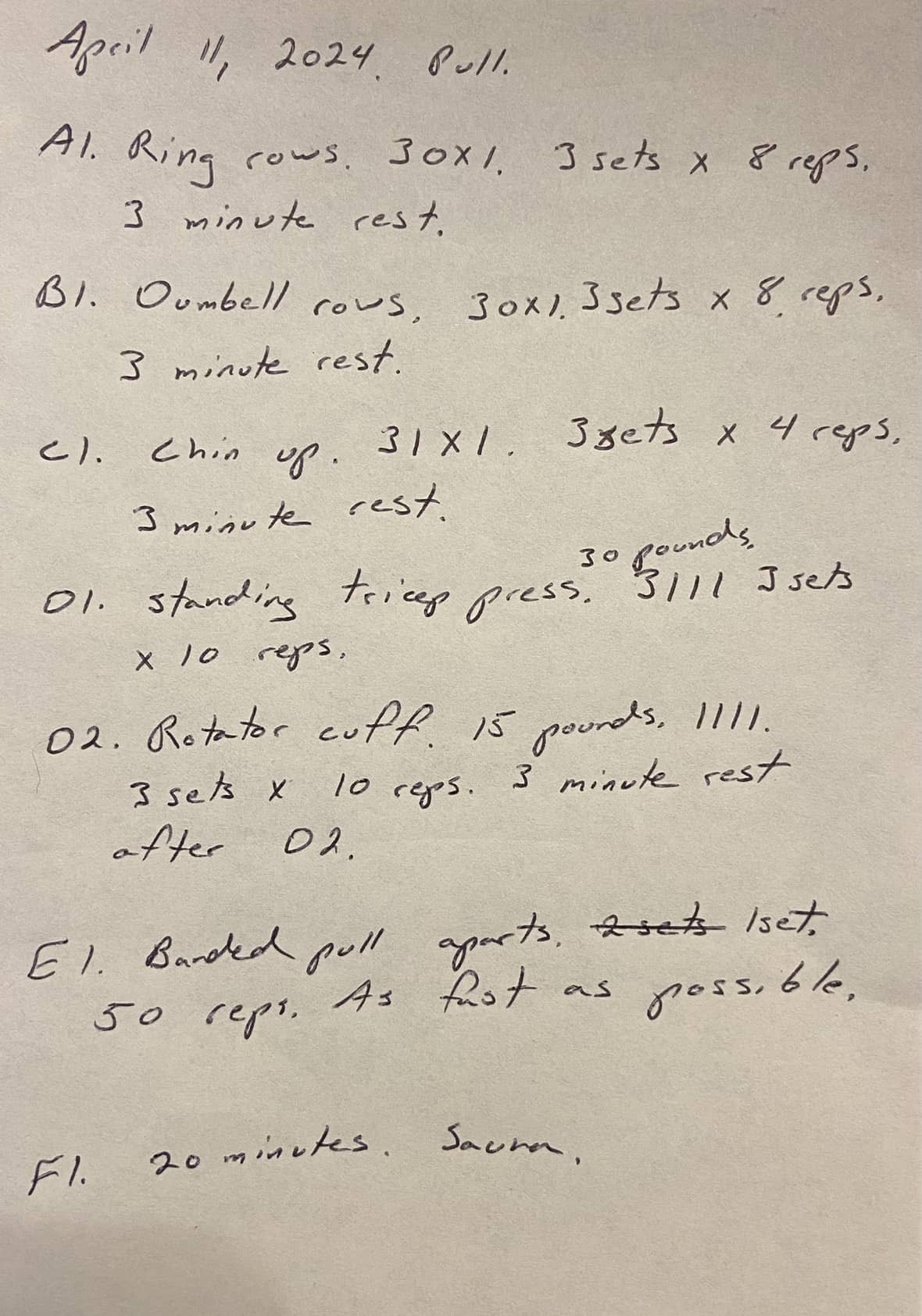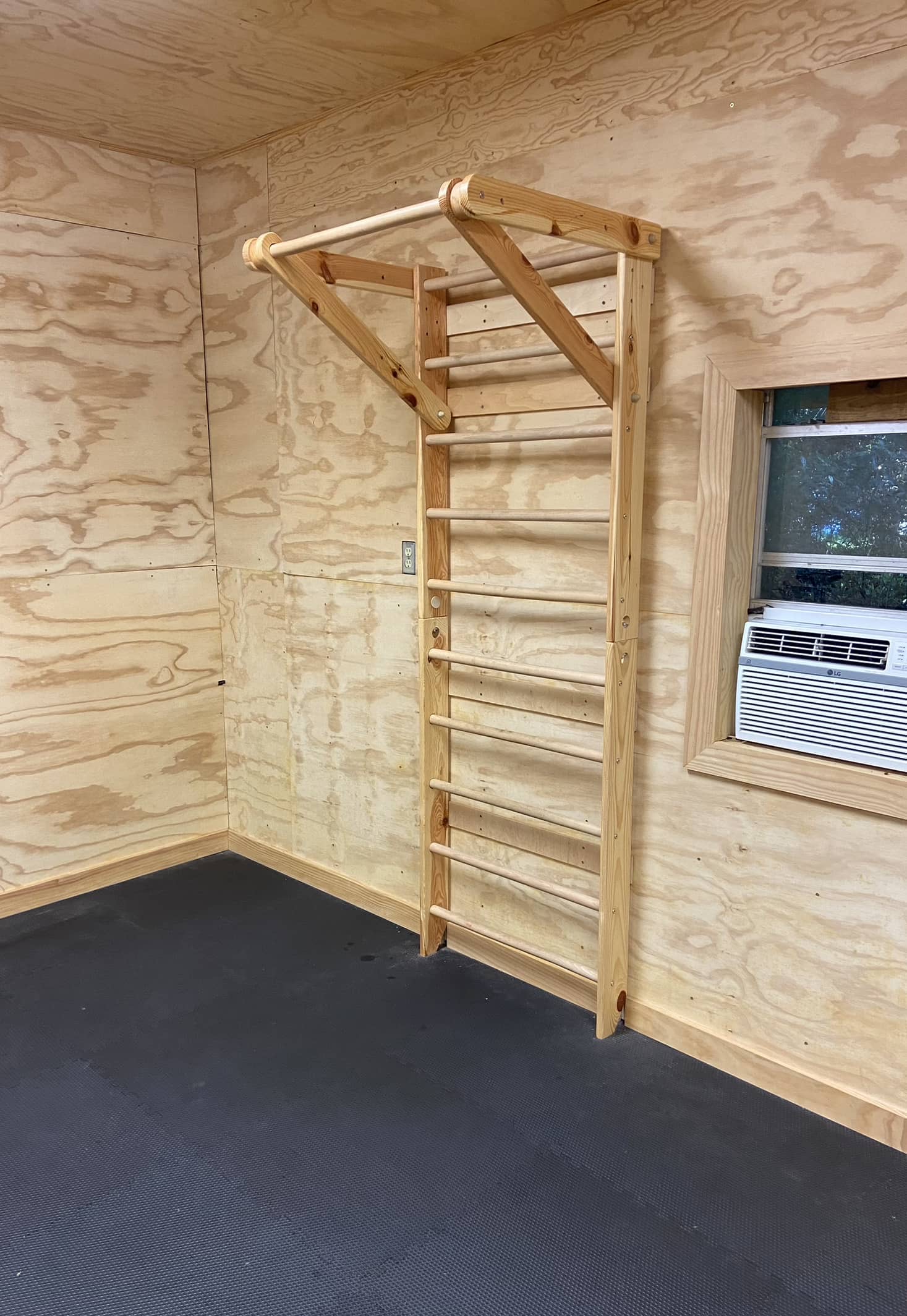I remember a piece of advice a trainer once gave me: “You should never do the same workout twice.” At first, this puzzled me, but he was emphasizing the importance of progression in training. To illustrate, if you completed three sets of eight chin-ups in one session, the next logical step might be to aim for three sets of nine in your following workout. While this is a straightforward example of progression, strength training offers a myriad of variables to manipulate, each playing a crucial role in enhancing your strength and helping you reach your fitness goals. Let’s explore these fundamental variables: frequency, intensity, volume, tempo, rest, and exercise selection.
Frequency: How Often?
Frequency essentially answers the question, “How often should you train?” This variable is critical in designing a training schedule that allows for optimal recovery and adaptation. For example, a beginner might initially find it challenging to perform squats more than once per week due to the demands it places on the muscles and nervous system. However, as their strength and conditioning improve, they can increase the frequency to two or three times per week. Adjusting how often you perform exercises like squats can significantly influence your strength gains and overall fitness progression.
Intensity: How Difficult?
Intensity in strength training answers the question, “How difficult was the exercise or workout?” It measures the effort required in each session and is crucial for understanding how to manage your energy and recovery times. A perfect illustration of this concept is seen in sprinters, who exert near-maximum effort in their races. Due to the high demand of sprinting at 100% effort, the body generally needs 48-72 hours to recover adequately, underscoring the impact of intense activities on both muscles and the nervous system.
In strength training, the nervous system is significantly taxed when you lift at or near your maximum capacity. This is not just about lifting heavy weights but also about choosing the right exercises that will push you to your limits while allowing for adequate recovery. By adjusting the weight lifted and selecting appropriate exercises, you can manipulate the intensity to suit your training goals and ensure you are progressing without overtraining.
Volume: How Much?
Volume in strength training directly answers the question “How much?” It is determined by the number of repetitions and sets you perform, providing a clear measure of the total amount of work done in a session. For instance, if you complete 3 sets of 10 push-ups, that equates to a total of 30 push-ups. Volume can be adjusted by simply adding to or reducing the number of sets or repetitions.
It’s also crucial to consider volume over a broader time frame rather than just a single session. For example, doing 3 sets of 10 push-ups twice a week results in 60 push-ups per week. If you increase that routine to daily sessions, the volume escalates to 210 push-ups per week. Monitoring weekly or monthly volume is more indicative of your overall workload and progression than daily measurements alone. This broader perspective helps in making informed decisions about when to increase intensity or frequency, and it’s essential for long-term planning and tracking progress over the course of a year.
Tempo: How Fast or Slow?
Tempo in strength training refers to the speed at which you execute each phase of a repetition, crucial for targeting specific muscle adaptations and enhancing workout effectiveness. Each repetition typically includes four distinct phases: the eccentric phase, the pause at the bottom, the concentric phase, and the pause at the top.
For instance, consider a push-up. Using a tempo of 3111 would mean that you spend 3 seconds lowering yourself to the floor during the eccentric phase, hold for 1 second at the bottom, take 1 second to push up during the concentric phase, and then pause for 1 second at the top before beginning the next repetition. This controlled approach not only increases muscle time under tension, which is vital for muscle growth, but also enhances your focus on form and muscular engagement.
Manipulating the tempo allows you to emphasize different aspects of muscle strength and endurance, depending on your goals. By varying how long you spend in each phase of the lift, you can create diverse training stimuli, potentially improving both strength and muscular control.
Exercise Selection: Progressing Through Mastery
Exercise selection is not only about choosing the right exercises to meet your fitness goals but also about managing intensity and progression over time. Mastering an exercise means being able to perform it with perfect form consistently across a specified number of sets and reps, within a certain rest period. When this level of proficiency is achieved, it’s time to consider advancing either by increasing the weight or by progressing to a more challenging variation.
This principle is particularly relevant in calisthenics or bodyweight exercises, where progression often involves moving to more complex movements as strength and skill increase. For instance, imagine you have perfected the basic bodyweight squat, managing 5 sets of 10 repetitions with a 3-minute rest, twice per week. After a few months, you find these are becoming less challenging. At this point, a natural progression would be to attempt pistol squats—a one-legged squat that significantly increases the demand on your strength, balance, and coordination.
Starting pistol squats, you might find the initial difficulty requires a reduction in volume and perhaps some assistance for balance. You may begin with 3 sets of 5 reps, possibly holding onto something for support. This adaptation is a perfect example of how exercise selection evolves in response to your progress, ensuring continual challenge and development.
Range of Motion: Strong and Long
Range of motion (ROM) refers to the extent of movement that occurs at a joint during an exercise. It’s a crucial aspect of training, as it affects the effectiveness of the exercise and the muscles engaged. Ensuring full and proper ROM can significantly enhance strength and flexibility, contributing to better overall fitness.
A practical application of managing ROM can be seen with exercises like the push-up. Often, beginners struggle to perform a single push-up with full depth. To accommodate this, reducing the range of motion initially can help build strength and confidence. For example, by placing a yoga block under the chest, I instruct clients to lower themselves only until they touch the block before pushing back up. This modification allows them to maintain proper form without the intimidation of full depth.
Once they can comfortably perform 3 sets of 6 reps with this adjusted ROM, I remove the block, gradually increasing the depth of the push-up. The goal is to progress them towards a full push-up, where they lower all the way down to touch the floor. This method of incrementally increasing the range of motion can be applied to nearly all exercises, ensuring continuous improvement and adaptation.
Conclusion: Manipulating Variables for Optimal Results
Understanding and effectively manipulating the key variables in strength training—frequency, intensity, volume, tempo, rest, exercise selection, and range of motion—are essential for any successful fitness regimen. Each variable serves a specific purpose and can be tailored to meet individual training needs and goals. By carefully adjusting these variables over time, you can ensure continual improvement, avoid plateaus, and maintain a dynamic and engaging workout routine. Remember, the journey to peak physical fitness is both an art and a science, combining knowledge with personal experience to achieve the best results. Stay consistent, stay motivated, and most importantly, stay informed to make the most of your strength training efforts.




